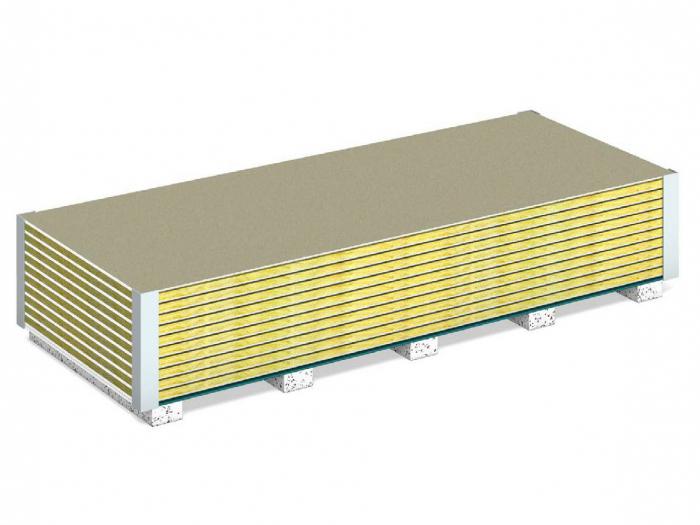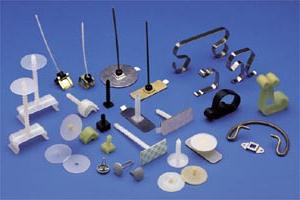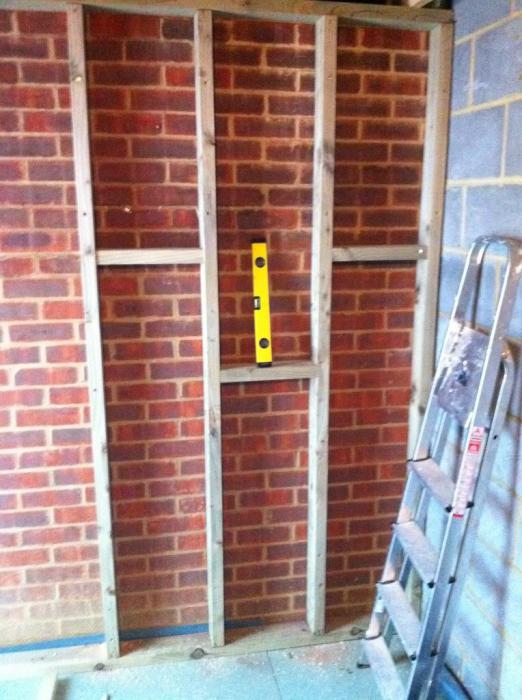Drywall, how to choose. Drywall thickness

In construction, plasterboard sheets are increasingly used. This is explained by its low price and wide scope of application.
Main characteristics and purpose of gypsum boards
Drywall is used to makeinterroom partitions, leveling of walls, figured or multi-level ceilings, various types of niches and shelves. For the installation of GCR, metal profiles are required, to which it is attached. All the necessary work can be done independently, but you need to clearly define the characteristics of the missing structure. Suspended ceilings look beautiful and aesthetic and do not require serious financial costs. Partitions of plasterboard are easy to install. There are several types of GCR, which differ in their thickness and field of application. The material is excellent shpaklyuetsya, and it is good to lay down wallpaper, as well as it can be purchased at any construction store or market. If necessary, moisture-resistant plasterboard is laid ceramic tiles or decorative stone slats.
Types of drywall

Gypsum boards differ in structure, density, thickness and material. On this depends and the scope of their application.
There are several types of this material:
- Wall. The most common type of drywall is mainly used for wall covering inside the premises. Good for mounting interroom partitions. The thickness of the plasterboard partition will depend on the direct purpose of the partition, that is, it will be interior or simply decorative.
- Ceiling. The main difference between this drywall and the wall is the thickness. Since the ceiling sheets are designed for mounting to a suspended profile frame, they should not have a large weight, so their thickness is a few millimeters smaller.
- Arched gypsum board. Designed for the manufacture of uneven shapes, such as circles, semicircles, slopes of arches. From other species it is distinguished by the smallest thickness of drywall, which allows it to bend well. Experts recommend mounting two layers of this material, as arched gypsum boards are very fragile because of the small thickness.
- Waterproof. This hypocarcone has a large thickness, so it can be used for facing with stone or ceramic tiles. From the title it can be seen that the area of its application is mainly rooms with high humidity (bathrooms, swimming pools, baths). GCR does not swell from moisture due to the filling of a special film layer, which does not allow moisture to enter. Of course, everything is within reason. If you put it in the water completely, then the protective layer will not save.
GCR dimensions

Depending on the type, the thickness of the drywall sheet varies from 0.65 to 1.25 cm. Also the size of the drywall sheet depends on the field of application.
- Wall. The width is 120 cm, the length can be 250-300 cm. The thickness is 1.25 cm.
- Ceiling has standard dimensions, but the thickness of drywall is less and is 0.95 cm (for weight reduction).
- Arched - the thinnest gipsokartonnye sheets, this gives them flexibility. The thickness is no more than 0.65 cm. Because of this, large loads on the sheet are contraindicated.
- Moisture-resistant plasterboard in view of its areaof the application has a thickness of 1.25 cm. Since the GCR basically needs to be lined with more durable materials, it will be heavily loaded, which is why the thickness of this material is increased.
Additional materials for installation GKL

Of course, gipsokartonnye sheets are not screwedjust to the ceiling or wall, special profiles are needed for their installation. The thickness of the profile for gypsum board is also different and depends on the structure being erected.
The guide profile has standard dimensions: height 40 mm, width 50 mm, 75 mm or 100 mm. Dimensions will depend on the thickness of the plasterboard partitions you have. It is important to know that according to SNIP, the minimum thickness of the interior partition must be at least 100 mm. From mechanical influences also depends, what thickness of gypsum cardboard will be used. For structures with a large layer of insulation or soundproofing materials, a wide guide profile must be used. The thickness of the partition from gypsum cardboard varies from 100 to 300 mm.
What happens when you select the wrong thickness of GCR

When choosing gypsum boards, special attention is paid toit is necessary to pay for the thickness, since for each type of work it is necessary to use a special kind of materials. For example, if you mount a moisture-resistant plasterboard of a large thickness (and, correspondingly, weight) to the ceiling, the structure can simply collapse, not to mention the waste of money. Also, if you use thin arched GKL on the interior partition, you will get a fragile construction, unstable to mechanical influences. Using a conventional drywall in conditions of high humidity will lead to its swelling and subsequent damage. From the above, we can conclude that each type of material should be used strictly for its purpose.
conclusions
As you can see from the article, before you take up thework, it is necessary to determine well the scope of the GCR. The thickness of drywall plays a huge role in the installation. And in case of incorrect material selection, negative consequences are possible. It is also necessary to take into account that drywall is quite brittle compared to brickwork, therefore, as far as possible, mechanical impact should be excluded. It is unique - the use of plasterboard during construction will significantly save the budget. And the result will please you with beauty and aesthetic appearance. Successful repair to you!






